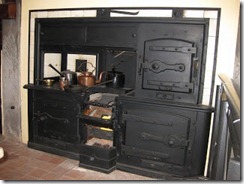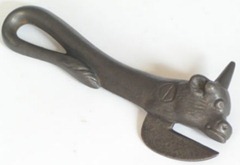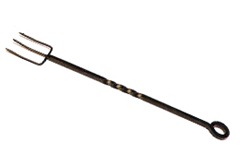
 Kitchen Appliances
Kitchen Appliances
From the time mankind first rubbed two sticks together, kitchens, food preparation and a constant stream of new labour saving devices have always been there to grace them.
![]()
The most important item in a kitchen, How to cook food
Eventually mechanisation appeared in the form of a spit turned by a dog inside a wheel. In large houses with multi-spit mechanisms, small children replaced the dog.
Stand-alone electric cookers also became available with the ever increasing new-fangled electric supply companies.
![]()
Food Storage
Simple evaporators became an early effective way of refrigerating food. Milk and butter stored in a bowl of water with a wet cloth on top worked equally well.
When refrigerators became established, bold, brash advertisements in the USA tended to extol the virtues of large appliances brimming full with the wealth of post-war produce.
Following years of post-war austerity, British refrigerators tended to be smaller and more modest by comparison.
![]()
Kitchen Tools
Solid metal tin openers based on this design where a commonplace feature in most kitchens. The small point was designed to create pouring holes in tins with contents like evaporated milk.
They did however tend to leave sharp jagged edges around the tin making cut fingers as commonplace as the tin openers themselves.
Originally toast was made by holding a slice of bread impaled on a toasting fork in front of an open fire. Toasting forks were also ideal for making the much loved British toasted crumpet using the same method.
With the advent of electricity, simple toasters based on the above design held bread against electric elements. The automated pop-up had no yet been designed, so a watchful eye was required to stop the toast burning.
A meat mincing machine was an essential item in all homes. Left over meat, bread and vegetables all went through the mincer to create a new meal. Nothing was left to waste in the frugal household.
In the days before instant coffee, ready roasted coffee beans were readily available for home coffee grinders, the ground beans being deposited in the small drawer in the base.
![]()


















